"It's not like we wanted to distance ourselves from Persona": How Metaphor ReFantazio turned years of work on JRPG icons into what's now my most-wanted game of 2024
Interview | Director Katsura Hashino and character designer Shigenori Soejima, both Persona 5 veterans, dive deep on Metaphor: ReFantazio
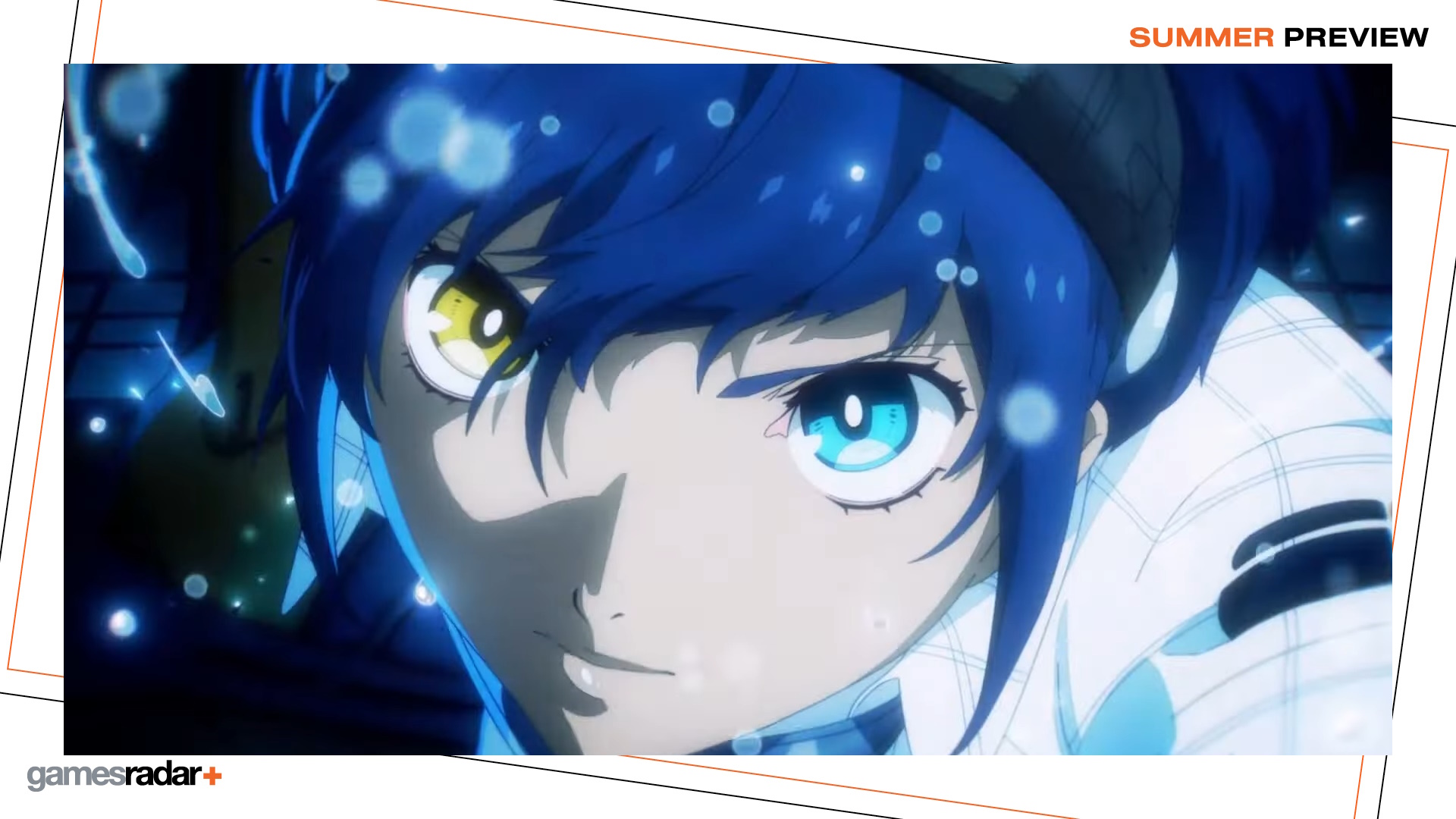
Shin Megami Tensei and Persona have been pillar franchises for Atlus, and for the JRPG space as a whole, for well over a decade. With the upcoming release of Metaphor: ReFantazio, lead creators from both series are launching a new IP that seems to be somewhere in the middle of these two stylistically. Metaphor's DNA is undeniable, but it comes with at least one massive change: there's a proper job system this time. We haven't really seen anything like this from the Persona or SMT teams since the Digital Devil Saga games of the mid 2000s (arguable spinoffs notwithstanding), and it's hugely exciting to see their take on what's widely considered a staple of the genre.
After a bit of hands-on time that left me utterly smitten with Metaphor's stylish UI and slick combat – both turn-based and, for easy enemies, real-time action – I spoke to director Katsura Hashino and character designer Shigenori Soejima (via interpreter) about Metaphor's origins, development, and ambitions. Hashino started in SMT but has directed and produced multiple core Persona entries going back to Persona 3, and Soejima has been a lead character designer or art director on about as much of the series. Both worked on Persona 5, easily the most successful game between these two franchises, and they're joined by Persona composer Shoji Meguro, who sadly wasn't at Summer Game Fest for interviews.
The following interview has been edited for clarity and length.

GamesRadar+: To start, how did this team of veteran developers come together within Atlus? Where did the desire to make a game like this come from?
Katsura Hashino, director: The easy answer is that I've been working on the Persona and Shin Megami Tensei series for a long time. There's a lot of people, we're all friends, we've all worked together forever. A lot of people were all close. We wanted to make a new genre, a new IP, so we put out a call like, who wants to make this? And a lot of people raised their hands.
It's not like we wanted to distance ourselves from Persona or anything.
Katsura Hashino
Coming from years of working on games that, instead of jobs, focused on collectible demons and Persona, coming into a game with a job system like this, what were the design goals and greatest challenges?
Hashino: When it comes to game mechanics, we knew we were approaching an all-new genre for us, an all-new series. We were basically thinking, okay, we have this fantasy game, we have this fantasy RPG, what know-how do we have that we want to put into this game? What kind of knowledge and experience do we want to use in this game? Basically, we were taking bits and pieces of all of our knowledge for systems in the past and using what we could and throwing out anything that we thought we couldn't use. It was an interesting process that involved us being really curious. How do we handle this in a fantasy game?
Sign up to the GamesRadar+ Newsletter
Weekly digests, tales from the communities you love, and more
And after working with that style of game for so long, did you struggle to unlearn some habits and force yourself into a new perspective?
Hashino: The short answer is that we really didn't. We never really felt weighed down by things that were done in the past. Rather, we found a way to incorporate what we've done to make a better game in this new style. It's not like we wanted to distance ourselves from Persona or anything. Bringing that knowledge, that thing that we're good at, from its previous format into a new format was, for us, a really fun experience.
It sounds like this game has been refreshing to make for your team.
Hashino: It was kind of like a journey into the unknown, but we really enjoyed the process. Until now, we've made a lot of modern games set in the modern world. We're making this fantasy game and creating a completely new world. It was a really fun experience.
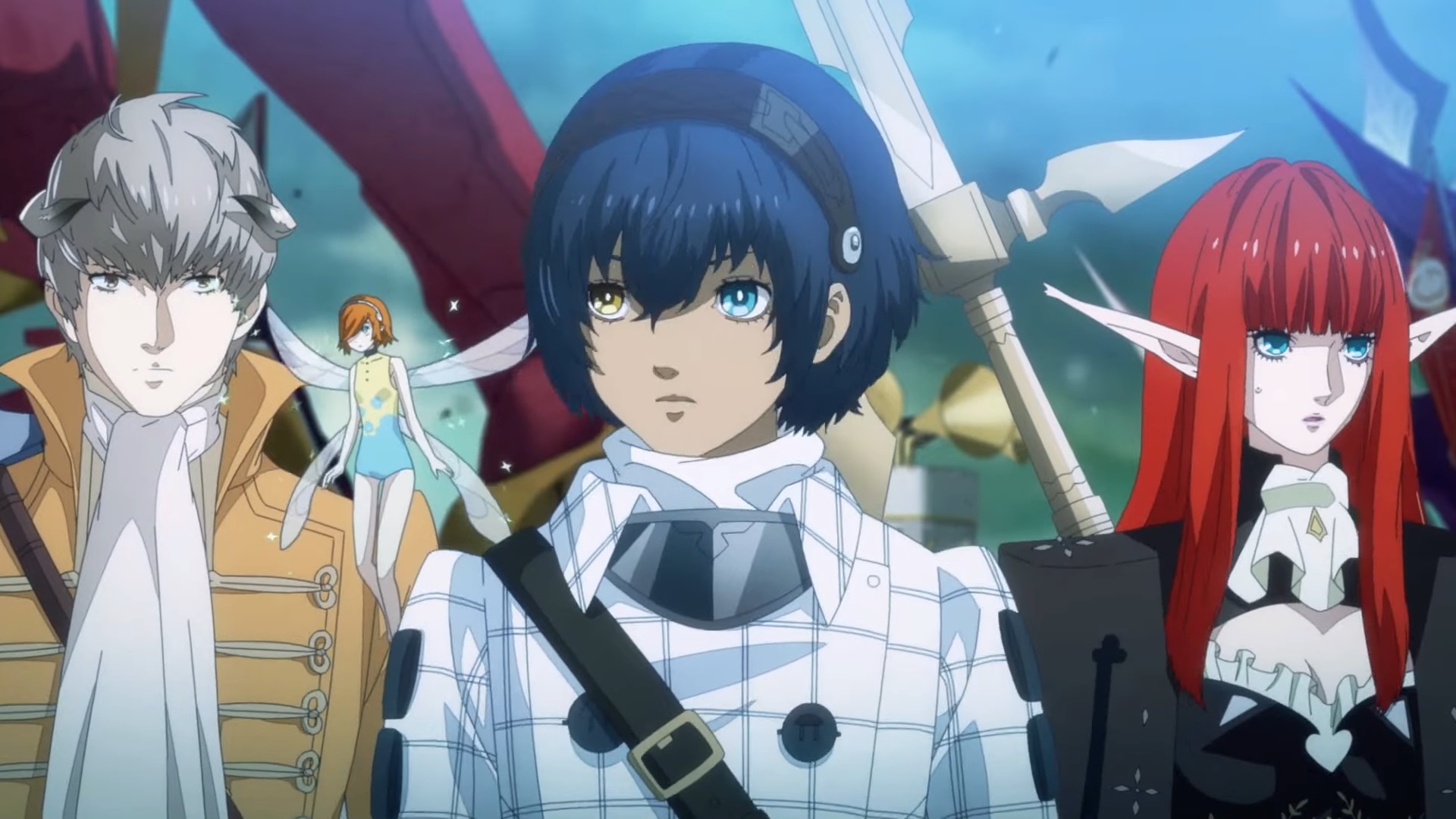
Can we talk a bit about the decision to make another big cast of attractive characters in this fantasy world but exclude any sort of romance option? Why was that type of relationship not right for Metaphor?
Hashino: For us, the reason we included romance in previous games is that a lot of our games are based around the idea of teenagers living their lives. What teenager doesn't want to have romance in their life? It's part of the realism of the setting. We know people really like this system and it's really popular, but for this game specifically, it's not about teenagers. It's about a person trying to become the ruler of the land. They are more focused on the relationships between a ruler and the people who support them. You travel from place to place and you meet these new characters, you gain support from them, you learn things from them, they support you, they inspire you. You gain these Archetypes that you bring into the game world. It's more focused on those relationships rather than the back-and-forth of romance.
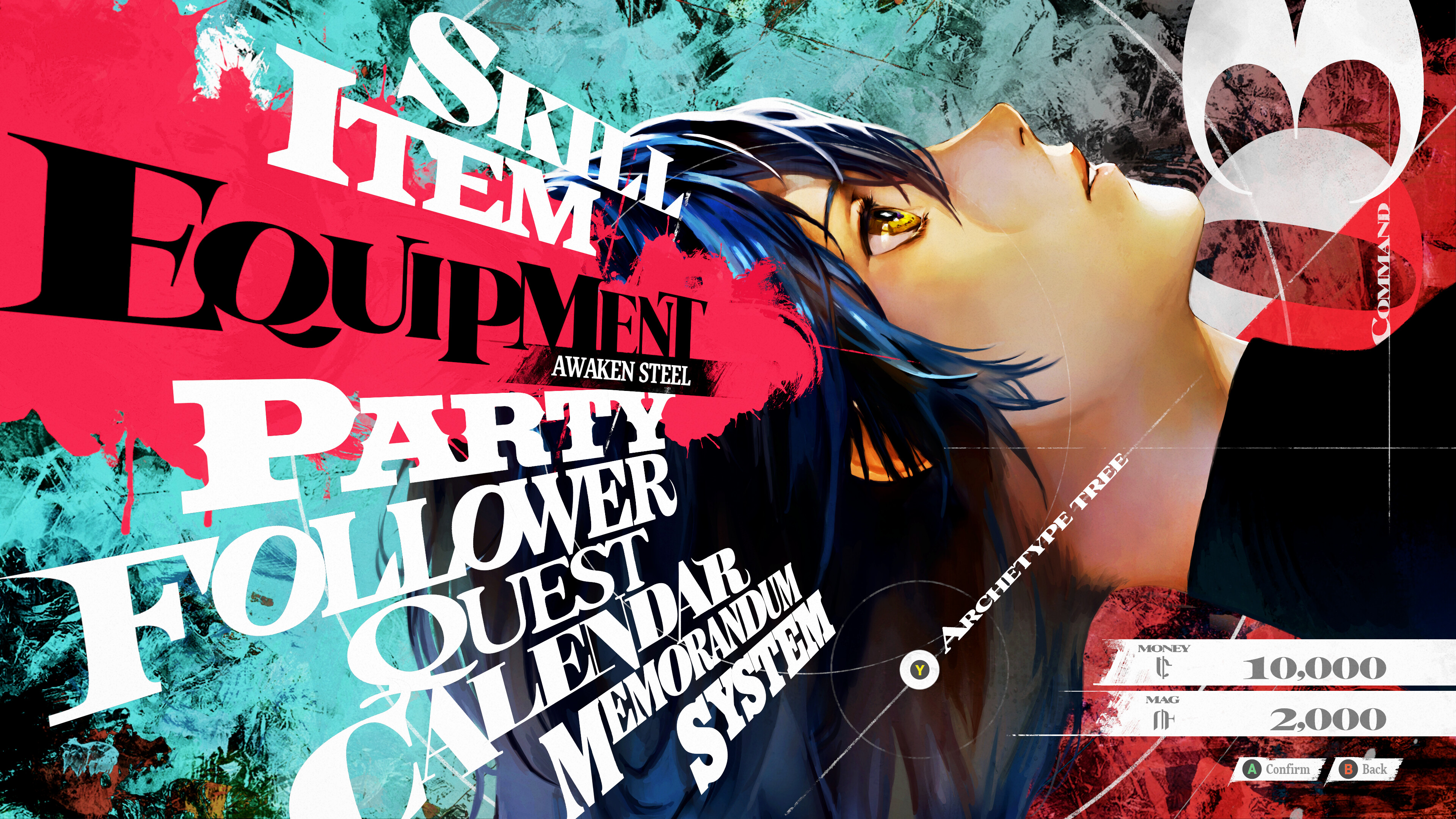
Now I really need to talk about the UI in this game, the menus. How did you reach this style? Because it's clearly been refined game over game over game.
Hashino: First, we, the entire team, have been really focused on making really good UI since Persona 3, so we're really honored to hear this. When you're talking about what a game is built around - for example, you have an action game which focuses heavily on the characters and their actions and the animations. When you're working on those, you want to make sure that all those look as beautiful and amazing as possible. That's the experience you want people to enjoy. But with an RPG, RPGs are focused so heavily on equipment and party setup and skills and using all these menus, so because you spend so much time in an RPG focusing on these aspects of the game, you want to make sure that they're as polished and as pretty as possible. It's so much of a core element. That's one thing that inspired us to put so much effort into the UI.
What are your thoughts on the idea that good video game UI is often minimal, because it can be distracting otherwise? Because this is one of those games that's so loud and characterful in its menus.
Hashino: It's kind of hard to speak about. A lot of times, UI is such a basic part of the game. It's not exciting, it's not flashy. But it's so integral to the experience. When you play a game, you pick up a controller or a mouse or something, and you're actually interacting with it. It's your vehicle for playing the game itself. If that vehicle feels good, it adds so much to the experience. If it doesn't, it can distract from it. It's hard to give it the spotlight because of that, but it's really important.
Shigenori Soejima, character designer: A lot of times, people probably say, 'That UI looks amazing.' Especially for our games. But it's not just that they look amazing. They work well. They feel amazing. It's a seamless experience.

We've talked about the people who signed up for this project. It feels like the kind of thing you could only make when a studio can retain that talent long-term.
Hashino: When you're making a game, whether you're a planner or a writer or a designer or an artist, whatever you're doing, you're all part of the same effort to make a game. The more people on the same wavelength, the more people are working together toward that goal, that means the final product will be better. We as a studio really want to keep encouraging that sense of unity, and also to keep and continue on with those creatives.
And it's on my mind now because there's such a problem with layoffs in the industry and losing that institutional knowledge. Metaphor feels like the culmination of the development of all those previous games, and if those people get laid off, that talent and knowledge is gone.
For me, as a creator, it's a positive that I can be considered to be making a JRPG.
Shigenori Soejima
Hashino: I think the fact that you think that is encouraging. We need a group effort to make this, so that's encouraging for us. A lot of users don't put that much thought into analysis because they're just looking at the final product. But even then, I think a lot of people, even without analyzing a game, can just tell that a game had a singular effort behind it. There's a vision here, there's a lot of people working toward this goal. We hope the games we make can be that sort of game.
This is an off-beat question but it's something I want to ask because I don't get to very often. I want to ask for your thoughts on the term JRPG as a way to, especially in the West, describe and recommend a style of RPG, and whether it's a good thing.
Hashino: I apologize if this is a really basic answer. Some people think JRPG is a good thing, it's a good genre, they're positive about the concept. Some are negative about the concept. I think it's up to the individual. It's up to each person to tune into what they like and what they want. For us, we don't think about JRPGs, we don't think about RPGs. We just want to make a fun game. That's all we're trying to do. You can call this a JRPG if you want.
Soejima: For a character designer, when you add the J to the RPG, it kind of embodies the entire movement of what pop culture from Japan is. It means they're not just a creator working on a game, but they're part of the anime and manga and style that exists in Japan. They're a Japanese creator giving to the world. For me, as a creator, it's a positive that I can be considered to be making a JRPG.
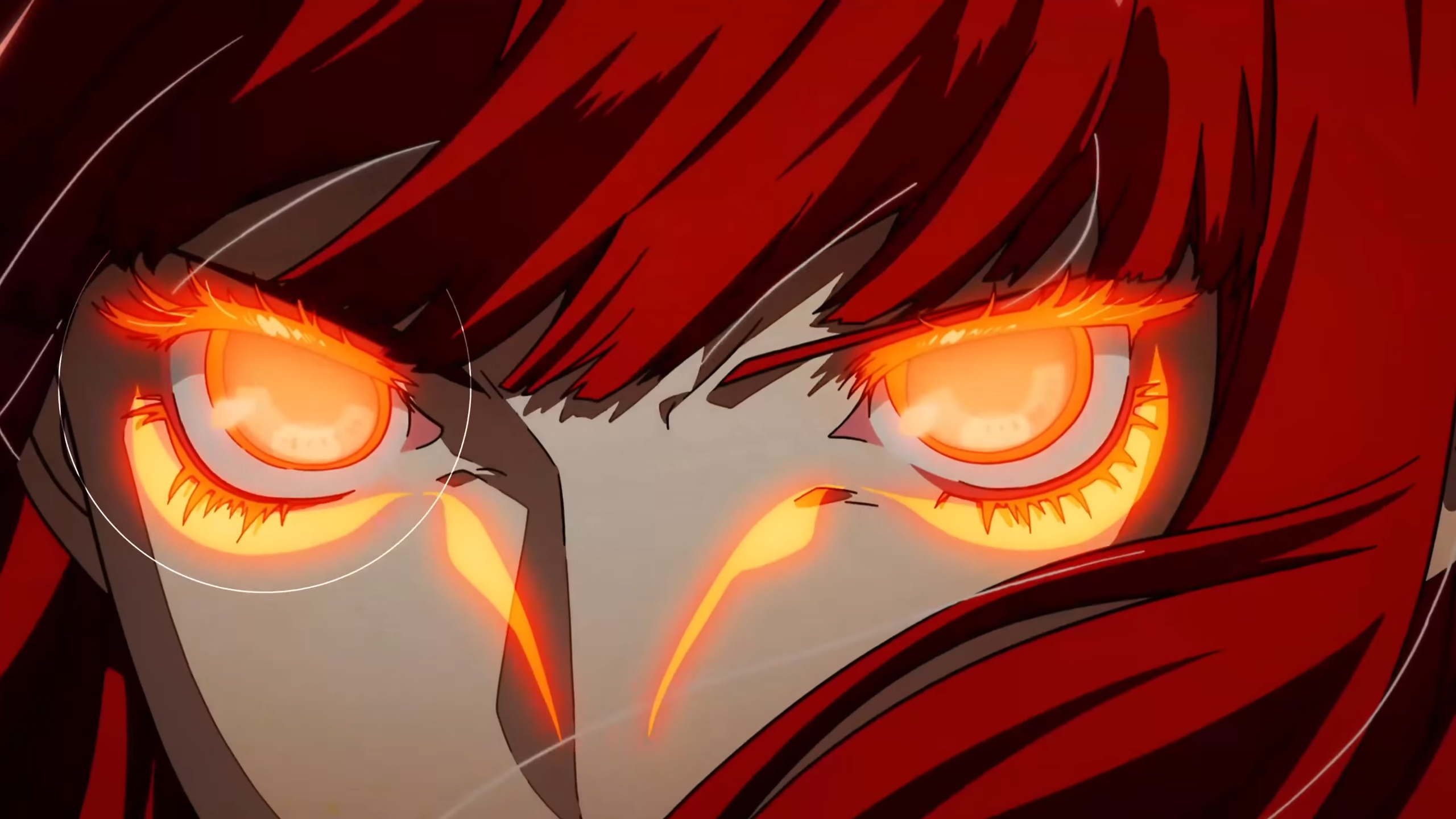
As we come to the end here, I want to say: Shin Megami Tensei 3 on hard mode is one of the most brutal games I've ever played, which is your fault.
Hashino: [In English] I'm sorry!
I'm going to give you an excuse once we finish this question.
Metaphor seems more welcoming. What are the most extreme challenges in Metaphor, and how hard do you think these games should be?
Hashino: To answer your last question first, I think the setting of the game, the type of game you're making, and the difficulty are not separate things. They're completely intertwined. There are games you play that are way too easy and it's not fun, and there are games that you also play that are so hard that they're just brutal and not fun either. When you're making the game concept, the difficulty you want to have in that game is part of that concept.
Shin Megami Tensei 3 is the hardest game I think I've ever made. Sorry about that. I felt like it needed to be a hard game. The Shin Megami Tensei series in general is quite hard. I felt like 3, specifically, we wanted to make it hard. We felt that unless it's challenging, unless it's really meaty, it wouldn't be rewarding enough.
Metaphor, on the other hand, in terms of where it places on the difficulty scale, it's definitely harder than Persona. The reason for that is the concept of the game has elements that make it more difficult in general. You have different Archetypes, different party combinations, different areas you can go to, the freedom to explore a world and take on different dungeons and different enemies, and choose what you want to fight. This means that unless we make it so that there will be challenge at parts, it won't feel right, it won't feel like it's worth playing. There's definitely a part of that in Persona and both those aspects, the elements of the game itself and the freedom that you have. But also, don't worry, we have multiple difficulty modes.
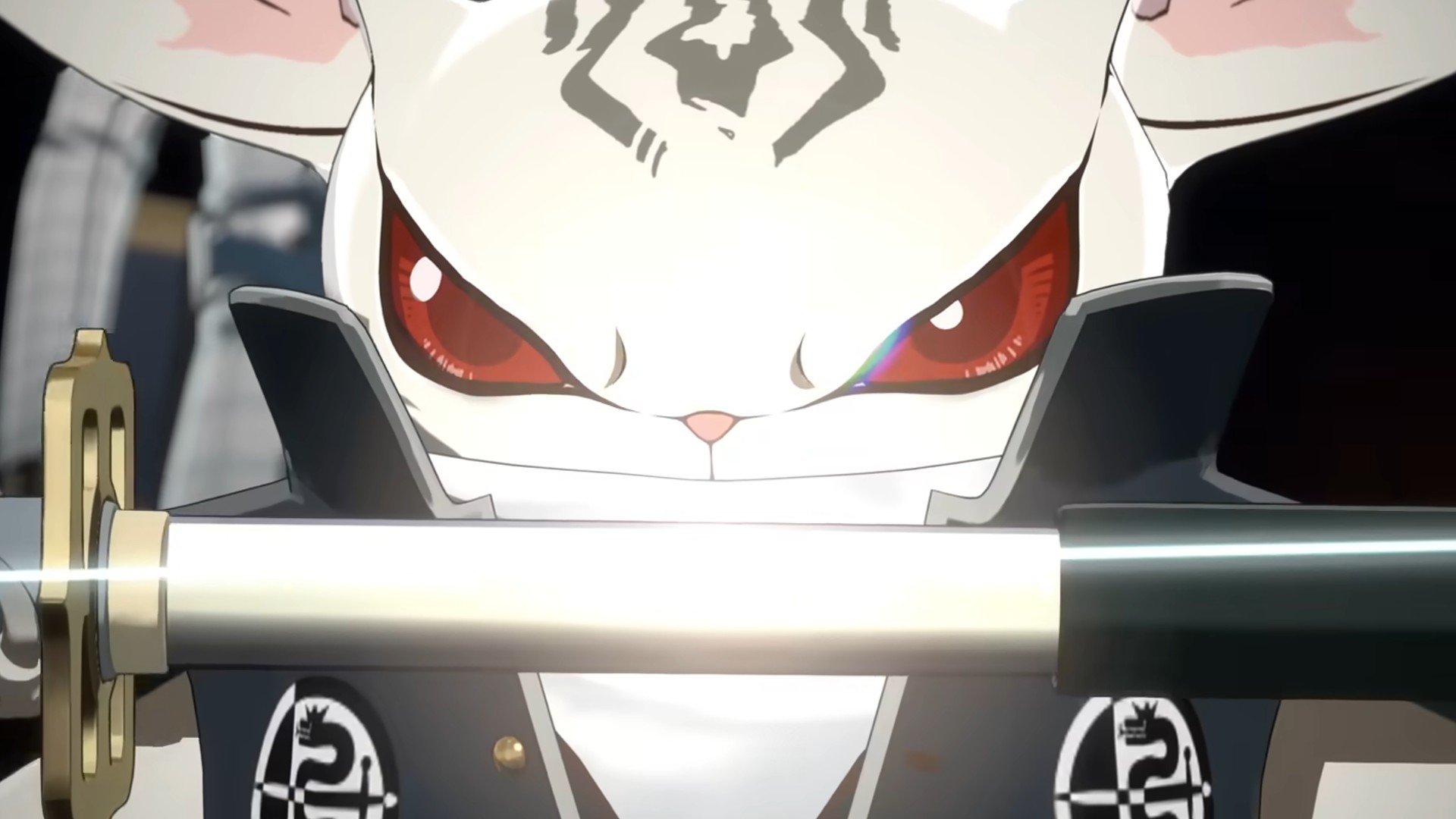
And one fast question here at the end. Every bone in my body is telling me the Commander Archetype, which can move allies between rows and buff them, is going to be the best one. Am I close on that?
Hashino: We put a lot, and a lot, and a lot of effort into this game to make sure that every Archetype is very useful and relevant. We were worried about everyone who plays this game having the exact same party. That would be boring. I worked really, really, really hard with the battle planner to make sure every Archetype and every sort of party has strengths and weaknesses. The Commander, I think, is strong, but I hope it's not like everybody picks it and that's it.
Metaphor: ReFantazio is set to release on PS5, Xbox Series X, and PC on October 11. While you wait, you could always check out what we consider to be the best JRPGs to play right now.

Austin has been a game journalist for 12 years, having freelanced for the likes of PC Gamer, Eurogamer, IGN, Sports Illustrated, and more while finishing his journalism degree. He's been with GamesRadar+ since 2019. They've yet to realize his position is a cover for his career-spanning Destiny column, and he's kept the ruse going with a lot of news and the occasional feature, all while playing as many roguelikes as possible.


